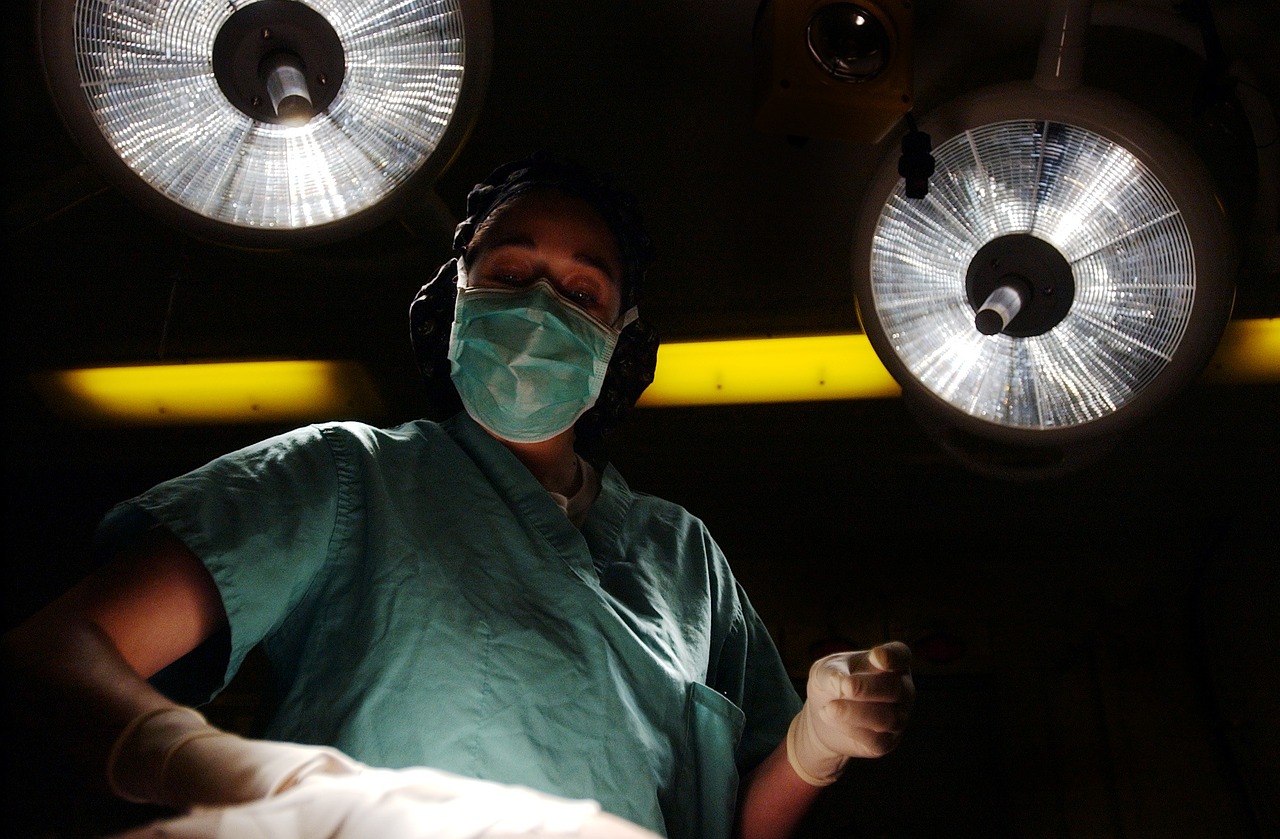Suspended animation — the process of freezing oneself to preserve one’s body — used to be a myth that’s only found in science fiction. However, that myth became a reality when doctors began conducting clinical trials of Emergency Preservation and Resuscitation (EPR) last year. EPR, the technical name for suspended animation, was tested on various animals within the past couple of years. It is now being tested on humans and has possible benefits in aiding with cardiac arrest and lessening blood loss.
EPR aims to induce hypothermia, which slows down the body’s metabolism. As body temperature decreases, the rate of chemical reactions occurring within the body slows, resulting in decreased brain activity and less demand for oxygen. This decrease in brain activity and need for oxygen also causes blood circulation to slow. In EPR, surgeons replace blood with gallons of cold saline into the aorta, the body’s main artery, in order to decrease the body temperature to around 40-50°F. This slows bleeding for as long as two hours. After performing the surgery, a heart-lung bypass machine is used to pump the blood back into the body and increase the temperature again.
Cooled saline is used to dramatically decrease body temperature and slow down body function in Emergency Preservation and Resuscitation by being pumped into the aorta and replacing blood.
Image Source: ballyscanlon
EPR brings both positives and negatives. Healthcare professionals believe if successful, EPR’s ability to decrease bleeding can lessen the chance of hemorrhages and provide extra minutes to help save people facing cardiac arrest or excessive bleeding. However, scientists also fear unintended effects of hypothermia by conducting EPR. Studies conducted on patients who suffered from hypothermia found that they have lower body temperatures than normal and that they experience coagulopathy (a deficiency in platelets or coagulation factors in the blood) due to the lower temperatures. Coagulopathy causes excessive bleeding and pain in joints and muscles, greatly altering the normal function of one’s life. Scientists worry that patients who undergo EPR may experience similar effects on their bodies after the operation. Another cause for concern is possible tissue damage when warming the body up again. Scientists fear the lack of oxygen and restart of metabolism may cause injuries and significantly affect the body.
EPR has the potential to become a life-saving measure and can revolutionize modern surgery if successful. The procedure brings hope of expanding the time frame doctors have to operate on a patient during emergencies, potentially saving many lives. However, the possible tissue damage and coagulopathy that can arise through this new technique bring question to the procedure’s actual effectiveness. With results of the clinical trials scheduled for late 2020 and as more studies shed new light on the matter, the debate continues over the usefulness of the procedure as a viable treatment to trauma and cardiac arrest.










